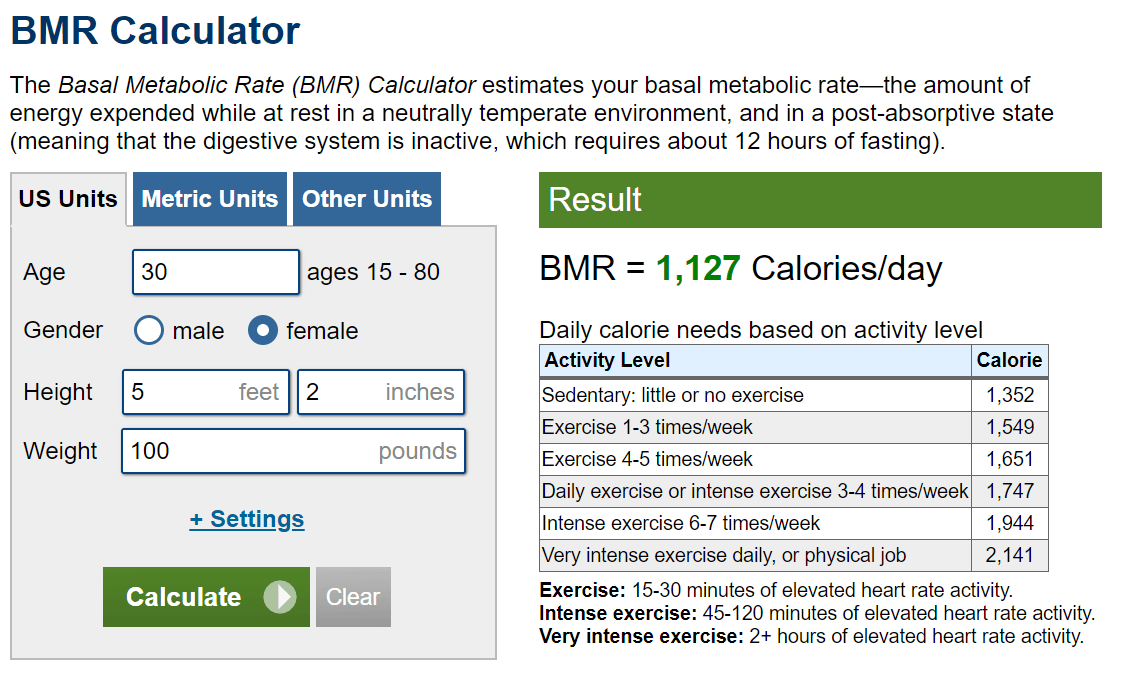

To lose weight, you must eat less calories than your TDEE (calorie deficit).And “toning” is only achieved by building muscle! The truth is, all steroid-free women can never build muscle like a steroid-free man. This is unavoidable if you are steroid-free! For guys, once you reach a body fat percentage of around 20% or so, it is time to stop the bulk and commence the cut (Goal #1)įor women, the idea of “bulking” instils quite a lot of fear as it brings up the conversation around not wanting to be “big and muscly”. The reason for this is because bulking for maximum muscle gain means a slight increase in fat (but not much). This can be psychologically challenging because you will begin to lose muscle definition, especially that shiny little six pack that you worked so hard to pop out during the cutting process. If you are unsure what your body fat percentage is, you can use this rough guide to estimate your body fat percentage.įor me, I start all of my bulks at around 10-12%, sometimes at around 7-8%. For women, you should try and achieve a body fat percentage around 17-20% before commencing a bulk.
#MUSCLE AND STRENGTH BMR CALCULATOR HOW TO#
Here is an example of how to use the macronutrient calculator above.įor guys, it is best to get your body fat percentage down to around 10-12% before dieting to maximise muscle gain (i.e., bulking). Their intent is to maximise fat loss while minimising muscle loss.įollowing my calorie and macro guidance will ensure that minimal muscle is lost. Most people I’ve worked with fall into Goal #1. It’s completely unnecessary and not very practical (nor sustainable!) Goal #1: Macros for Fat Loss (“Cutting”) Once again, I’ve come across so many people that try and achieve perfect accuracy in calculating their calorie and macro targets. Once you have a starting point, it will become necessary to make tweaks and adjustments to your calorie and macronutrient targets, depending on how quickly you gain or lose weight. It’s not going to be perfectly accurate (and it doesn’t need to be!) This method of calculating your TDEE is not perfectly accurate but it is good enough as a starting point, even for guys like me that participated in competitive bodybuilding! The calorie and macro targets this macronutrient calculator provide is a starting point only. Would you like to learn how I got into the best shape of my life as an ordinary guy? Check out my Ultimate Body Transformation program-a simple science-based program to rapidly shred fat, build muscle, and get stronger. Just select the Activity Level that suits your lifestyle (i.e., 1-3 hours of training per week). Pretty awesome huh? 🙂 Don’t worry… it doesn’t get anymore complicated than this.īy using this method, you don’t need to use daily spreadsheets or gadgets to track your cardio workouts. This is essentially adjusting your BMR by the activity multiplier to give you your TDEE. In the macronutrient calculator above, you’ll see that you can select “Activity Level” from a drop-down menu. To calculate your TDEE, you need to know how many calories you burn at rest (your BMR) then adjust it by using an Activity Multiplier. Your TDEE is simply how many calories you burn in a 24-hour period of time when exercise is taken into account. I promise this is the last bit of terminology 🙂 What is Total Daily Energy Expenditure (TDEE)? The macronutrient calculator in this article uses one of the most popular equations for determining BMR the Katch-McArdle equation. It is the amount of energy required to sustain life. It simply means the amount of energy (or calories) that you burn when your body is at rest. The Macronutrient Calculator and Basal Metabolic Rate (BMR) I know this might seem complicated but I will break it down, starting with Basal Metabolic Rate (BMR).


 0 kommentar(er)
0 kommentar(er)
